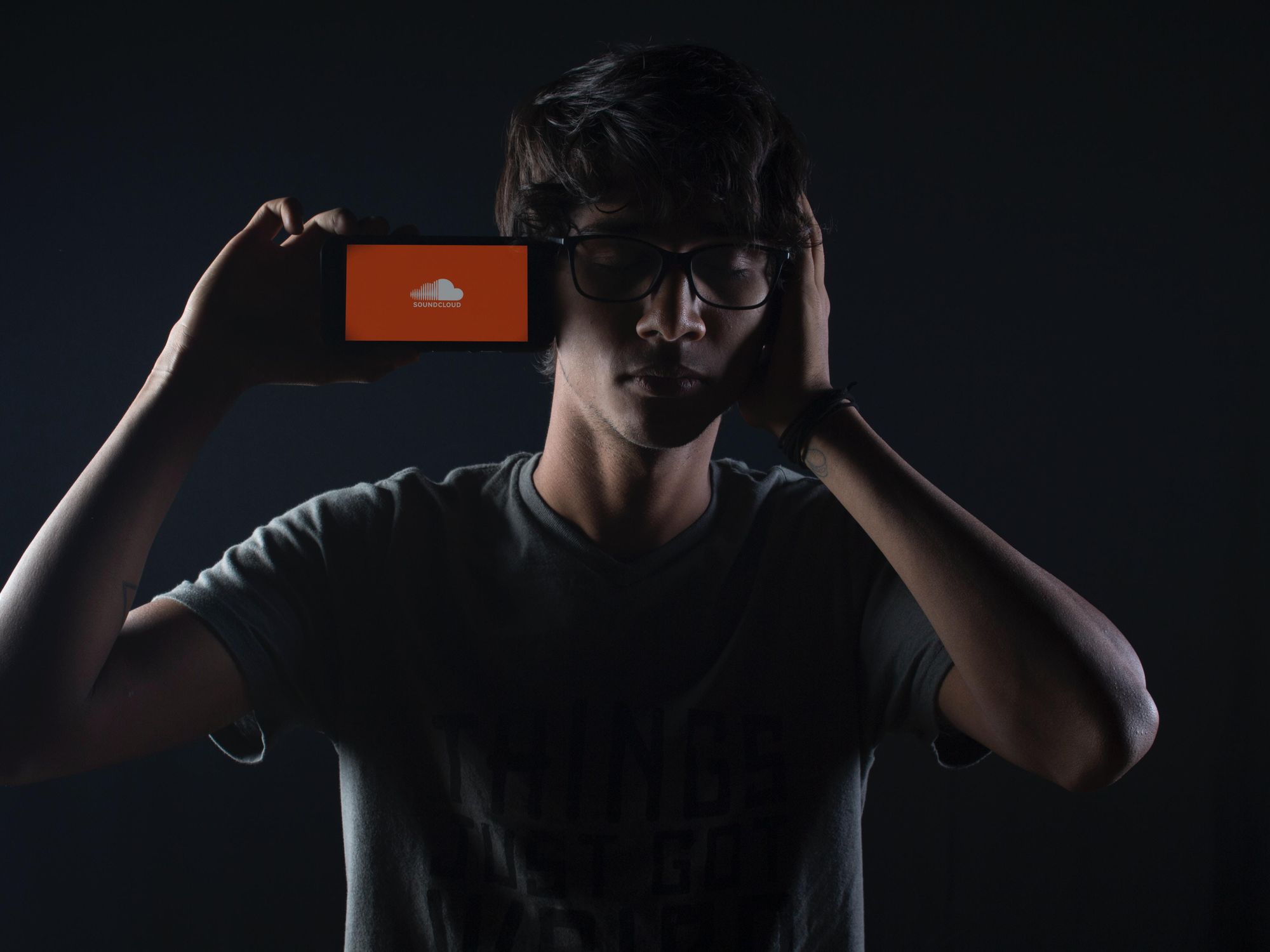User-Centric or Pro-Rata? SoundCloud Stirs the Debate over How to Equitably Pay Artists
Sam primarily covers entertainment and media for dot.LA. Previously he was Marjorie Deane Fellow at The Economist, where he wrote for the business and finance sections of the print edition. He has also worked at the XPRIZE Foundation, U.S. Government Accountability Office, KCRW, and MLB Advanced Media (now Disney Streaming Services). He holds an MBA from UCLA Anderson, an MPP from UCLA Luskin and a BA in History from University of Michigan. Email him at samblake@dot.LA and find him on Twitter @hisamblake

SoundCloud is upending how musicians get paid on its platform, and some think it could lead to a new paradigm that provides better streaming deals for most artists.
The German company behind the platform that millions of musicians use to find their audience announced plans Tuesday for a new revenue model it's dubbing "fan-powered royalties."
It's a form of the often-debated but never-implemented "user-centric" payment system, which contrasts the dominant "pro-rata" model used by Spotify, Apple Music and others.
The move comes amid a broader debate over whether the economics of streaming are fair to musicians, who often earn as little as 13% of the money that streaming generates.
The gist of user-centric payment is that the money from a given user gets allocated directly to the artists whom that user listens to. Here's a simplified example: Say the money that comes in from user Tom is $10 per month (whether through advertising or subscription), and Tom splits all of his streams equally among three artists. At the end of the month, those three artists will equally split Tom's $10.
Pro-rata works differently. In that case, Tom's $10 gets pooled with the money that comes in from all users across the platform. At the end of the month, that pile of cash gets distributed to artists (more accurately, to rights holders) in proportion to the fraction of total streams across the platform that each artist saw over that month. So Tom's $10 gets split up into many tiny amounts, most of which go to artists he never listened to.
Critics say pro-rata models tend to favor bigger artists, especially those with a penchant for producing singles that make it into specific playlists.
Some industry observers argue the user-centric model could prove a better deal for the many musicians who aren't Beyonce-level superstars. SoundCloud said its new model will benefit independent artists with loyal fans.
Studies of the effects of user-centric models on leveling the playing field have broadly been inconclusive. Those studies have been limited, though, by low participation from rights holders, such as record labels, which are often reluctant to allow their tracks to be part of an experiment.
SoundCloud's move is a step toward a better understanding of the impact of a user-centric model. Yet it, too, will be limited. The new model will only apply to a subset of about 100,000 artists who use specific SoundCloud features, according to reporting from Music Ally. And compared to streaming giants like Spotify, Apple and Amazon, SoundCloud brings in substantially lower royalty payments on the whole.
Over the last several months the UK government has been interviewing industry stakeholders as part of a formal inquiry into whether streaming's business model is unfair to musicians and whether changes are necessary.
At the UK government panel last week, which featured representatives from Spotify, Apple and Amazon, all three companies expressed willingness to experiment with new models. They stressed, however, that doing so would require compliance with the wider industry, including record labels, who control most of the relevant copyrights. As a platform that mostly caters to independents, implementing a new approach is a relatively lighter lift for SoundCloud.
The new model will launch on April 1st–and there are no indications this is an April Fools' joke. Seriously.
- Output Raises $46M to Make Creating Easier for Musicians - dot.LA ›
- LA's Music-Tech Startups Are Poised to Reshape the Industry. - dot.LA ›
- AmplifyX Offers Fans Shares in Musicians' Future Royalties - dot.LA ›
Sam primarily covers entertainment and media for dot.LA. Previously he was Marjorie Deane Fellow at The Economist, where he wrote for the business and finance sections of the print edition. He has also worked at the XPRIZE Foundation, U.S. Government Accountability Office, KCRW, and MLB Advanced Media (now Disney Streaming Services). He holds an MBA from UCLA Anderson, an MPP from UCLA Luskin and a BA in History from University of Michigan. Email him at samblake@dot.LA and find him on Twitter @hisamblake





 Image Source: Perelel
Image Source: Perelel